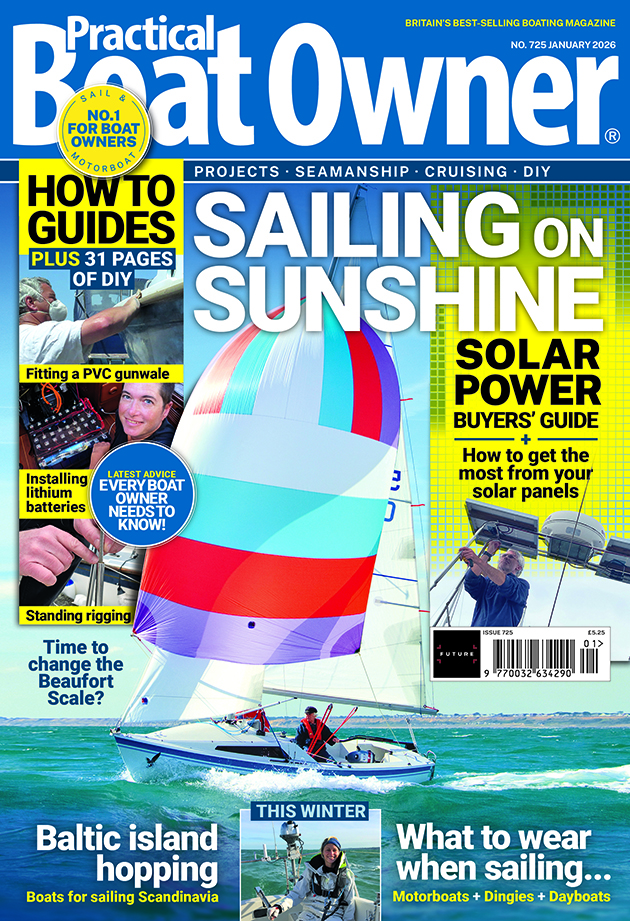The collapse of a critical Atlantic current can no longer be considered a low-likelihood event, a study has concluded.

The Atlantic meridional overturning circulation (Amoc) is a major part of the global climate system.
It transports relatively warm upper-ocean water to the north, where it sinks and returns as cold, deep water to the South Atlantic.
Earlier reports from the intergovernmental panel on climate change (IPCC) stated that an abrupt collapse of the AMOC before 2100 was ‘very unlikely (i.e. less than 10% probability in IPCC language), based on the absence of such events in future global warming projections’.
However there is now ‘medium confidence that there will not be an abrupt collapse before 2100’, according to the 6th IPCC report.
A study, published in the journal Environmental Research Letters highlights that unless carbon emissions are drastically lowered, scientists are concerned to find that in many models the tipping point is reached in the next decade or two, after which the shutdown of the Amoc becomes inevitable owing to a self-amplifying feedback.
Meteorologist and yachtsman Chris Tibbs, author of the RYA Weather Handbook, told PBO: “From school geography lessons we know our climate is largely dictated by the warming effects of the Gulf Stream.
“What we probably didn’t learn at school is that although weather is the main distributor of heat, ocean currents also play a significant role in climate regulation, helping to moderate the earth’s climate and extending areas of the planet where we can comfortably live.
“Climate scientists have long recognized that the Gulf Stream has weakened and could collapse, and this is being driven by the weakening of the return cold water current due to the changes in salinity and temperature.
“This more complete circulation, Amoc, affects the weather of the UK, Europe, and the whole of the Atlantic.
“I was fortunate to recently sail through the North West Passage, and whilst it is not a given that you can get through every year, the likelihood of achieving what was almost impossible has become commonplace with yachts and cruise ships regularly doing so.
“Glaciers are retreating and so is the amount and thickness of sea ice.
“’Normal’ weather patterns are changing affecting people and animals.
“With significant changes occurring in the Arctic (if not yet the UK), and model predictions indicate a continuing trend, a weakening and collapse of the Gulf Stream is a possibility and will be devastating.
“If the tipping point is reached over the next few decades there is no turning back.
“Unfortunately, we do seem to be heading in this direction at an alarming rate.
“Even with the lowest level of risk given in the article – would we get on an aeroplane with a 25% chance of crashing?”
Significance of the Atlantic current

Jimmy Cornell first experienced this ‘warm water conveyor belt’ aboard Aventura I in 1977. Credit: Jimmy Cornell
The doyen of bluewater cruising, Jimmy Cornell, founder of the Atlantic Rally for Cruisers, told PBO: “No other weather phenomenon has had a more significant effect on North Atlantic voyages than the Gulf Stream.
“The Spanish explorer Juan Ponce de León was the first to become aware of it in 1512, and described it as ‘a current that was so more powerful than the wind that the ship was carried backwards.’ Sailors soon learned how to take advantage of it and plan their transatlantic passages accordingly.
“I had my first experience of this warm water conveyor belt in 1977 when we sailed on Aventura I from San Salvador in the Bahamas bound for Miami, and made landfall in Fort Lauderdale about 20 miles north of our destination having been swept by the 4-knot current.
“It was a valuable lesson that served me well on the other eight occasions when I had to cross it or hitchhike a free ride.
“My last was in 2019, on a delivery trip of an Outremer 55 catamaran from Annapolis, in Chesapeake Bay, to Puerto Rico.
“A spell of strong northerly winds blowing against the current made us expect rough conditions, but although we were close to its axis, we were surprised when it didn’t happen.
“This seemed to confirm the findings of a survey published the previous year that the Gulf Stream was already at its weakest, and the entire system might collapse in the foreseeable future.
“The collapse of this natural phenomenon would have enormous consequences on both sides of the Atlantic, from stronger and more intense hurricanes on the west side and a colder climate in Western Europe, as well as drastic changes in global weather patterns.
“Scientists have been predicting for a long time that unless we bring the burning of fossil fuels under control and manage to reduce carbon emissions to an optimum level, the impact not just on the North Atlantic climate but also that of the entire world, would be dire.
“We have been warned!”
Jimmy Cornell boat survey reveals how much sailing has changed in 40 years
‘During the past four years I have sailed through some of the major crossroads of the cruising world: Rhodes, Gibraltar,…
Planning your next adventure? Here’s some inspiration from the crews of ARC 2019
Have you ever crossed the Atlantic? This month at PBO we’re focusing on Amazing Adventures. If you’re planning a passage,…
Lessons learned from a first Atlantic crossing
Ben Good, 60, swaps Drascombe pottering in the Suffolk estuaries for a “proper 60ft offshore yacht” to cross the North
Want to read more articles like Why the collapse of a critical Atlantic current would impact sailors?

A subscription to Practical Boat Owner magazine costs around 40% less than the cover price.
Print and digital editions are available through Magazines Direct – where you can also find the latest deals.
PBO is packed with information to help you get the most from boat ownership – whether sail or power.
-
-
-
- Take your DIY skills to the next level with trusted advice on boat maintenance and repairs
- Impartial, in-depth gear reviews
- Practical cruising tips for making the most of your time afloat
-
-
Follow us on Facebook, Instagram, TikTok and Twitter



Leave a Reply